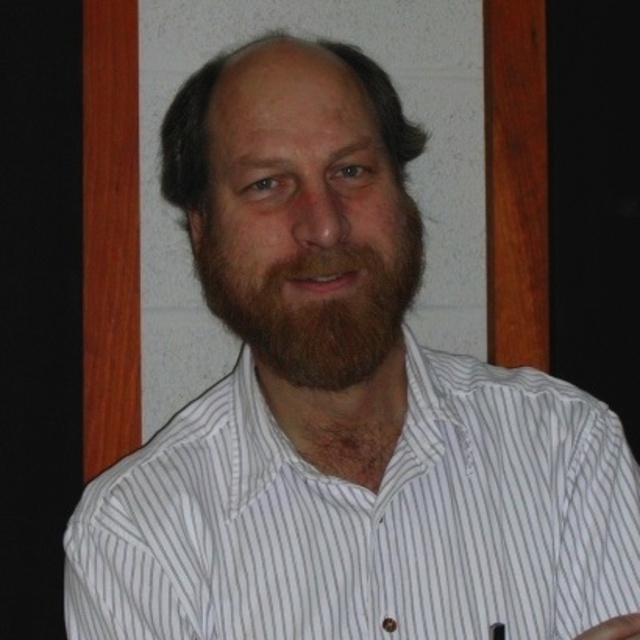March
2000
•
2000AJ....119.1157G
Authors
•
Gebhardt, Karl
•
Richstone, Douglas
•
Kormendy, John
•
Lauer, Tod R.
•
Ajhar, Edward A.
•
Bender, Ralf
•
Dressler, Alan
•
Faber, S. M.
•
Grillmair, Carl
•
Magorrian, John
•
Tremaine, Scott
Abstract
•
We fit axisymmetric three-integral dynamical models to NGC 3379 using the line-of-sight velocity distribution obtained from Hubble Space Telescope FOS spectra of the galaxy center and ground-based long-slit spectroscopy along four position angles, with the light distribution constrained by WFPC2 and ground-based images. We have fitted models with inclinations from 29 deg (intrinsic galaxy type E5) to 90 deg (intrinsic E1) and black hole masses from 0 to 109 Msolar. The best-fit black hole masses range from 6x107 to 2x108 Msolar, depending on inclination. The preferred inclination is 90 deg (edge-on) however, the constraints on allowed inclination are not very strong, owing to our assumption of constant M/LV. The velocity ellipsoid of the best model is not consistent with either isotropy or a two-integral distribution function. Along the major axis, the velocity ellipsoid becomes tangential at the innermost bin, radial in the midrange radii, and tangential again at the outermost bins. The rotation rises quickly at small radii owing to the presence of the black hole. For the acceptable models, the radial-to-tangential [(σ2θ+σ2φ)/2] dispersion in the midrange radii ranges over 1.1<σr/σt<1.7, with the smaller black holes requiring larger radial anisotropy. Compared with these three-integral models, two-integral isotropic models overestimate the black hole mass since they cannot provide adequate radial motion. However, the models presented in this paper still contain restrictive assumptions-namely, assumptions of constant M/LV and spheroidal symmetry-requiring yet more models to study black hole properties in complete generality.
Links




